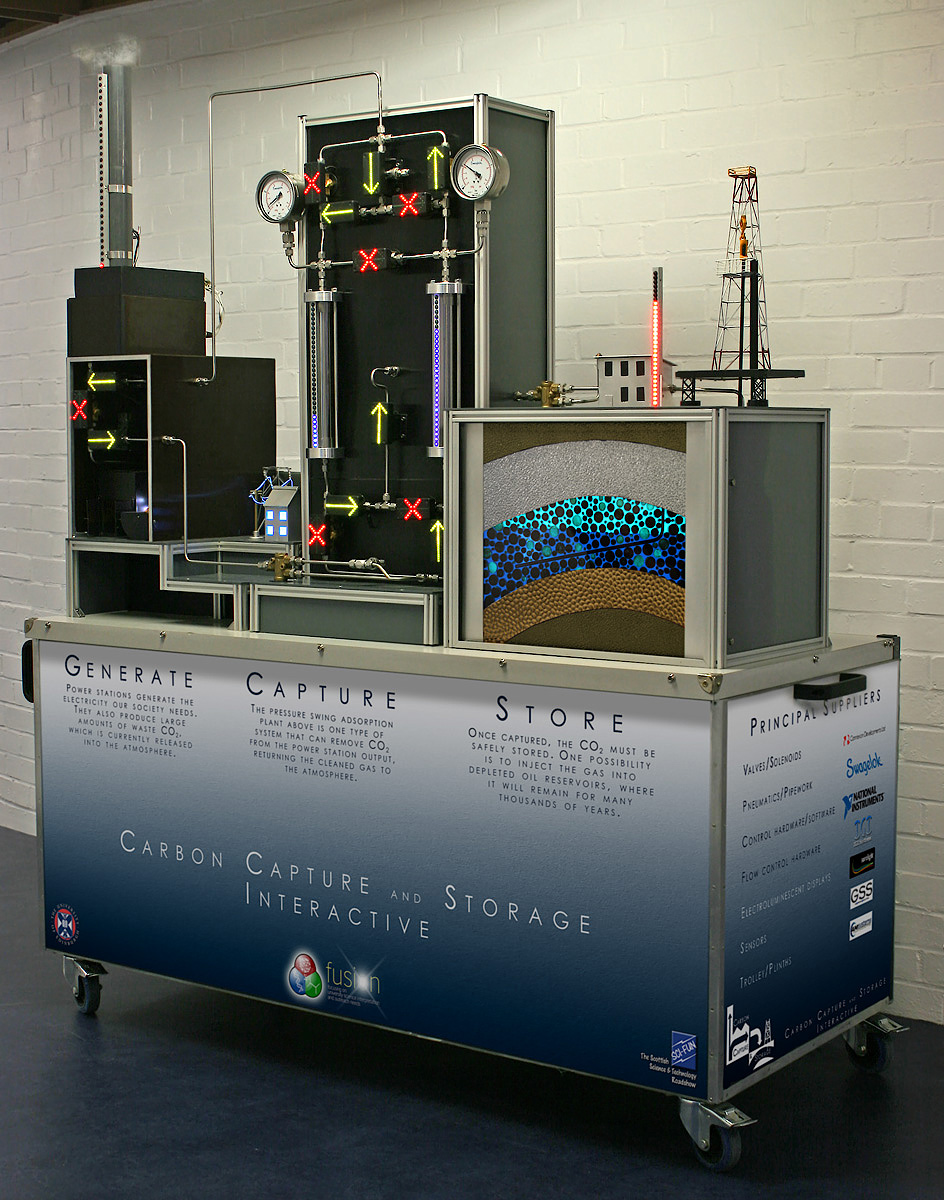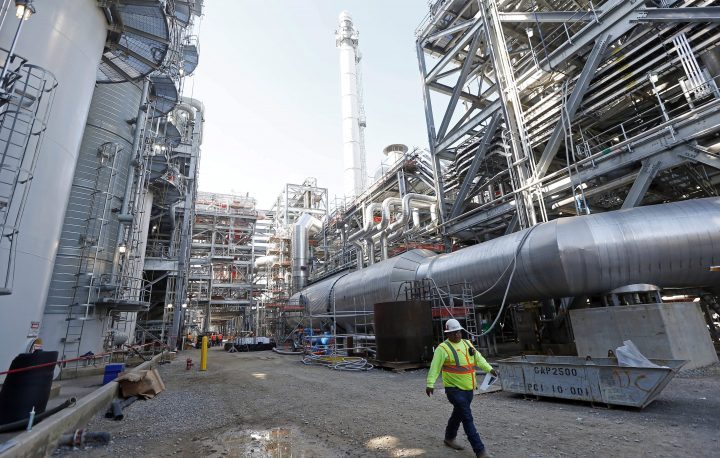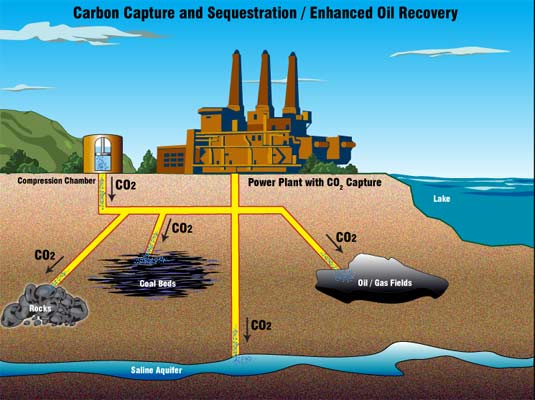

In Iceland, where ORCA is located, that energy is geo-thermal- renewable and green. The heat-trapping effects of carbon dioxide make it by far the most damaging greenhouse gas and contributor to climate change, NOAA said in a 2022 report.Īs it exists now, direct air capture is expensive and energy intensive. Nearly 40 billion tons of oil and gas emissions are spewing into the atmosphere every year, according to the National Oceanic and Atmospheric Administration (NOAA.) It's primarily emitted from the transportation, construction and power industries. He told Whitaker that technically the scaling up process can be done, but that it's not a decision that one company can make alone. In Iceland, that energy is geo-thermal- renewable and green.Ĭarolos Haertel is the chief technology officer at Climeworks, the Swiss company that built ORCA. As it exists now, direct air capture is expensive and energy intensive. Scaling direct air capture is a gargantuan challenge. ORCA, which CBS news correspondent Bill Whitaker visited in Iceland, can take out the emissions of about 800 cars, or 4,000 tons of CO2. Scientists estimate carbon capture needs to remove 10 billion tons of carbon dioxide annually, at the same time as there are drastic cuts in fossil fuels. In Iceland, home to the world's first commercial direct air capture plant, CO2 is then sent to be buried deep underground in porous volcanic rock, where it hardens to stone in less than two years. The CO2 is trapped by a special filter inside a giant collector – each the size of a shipping container. There's been a stampede of investment into direct air capture, but some advocates worry the carbon capture process may not be scaled up fast enough to make an impact.ĭirect air capture is a new technology that vacuums carbon dioxide out of the atmosphere. Research is currently underway to integrate PNNL’s sorbent technology-developed to efficiently scrub CO 2 from breathing air on submarines-into cost-effective solutions for direct air capture. Our pre- and post-combustion solvents also offer opportunities to capture CO 2 from bioenergy facilities, which, coupled with geologic storage, could provide net negative emissions under existing and future market and policy incentives.

This critical target brings the $50/tonne CO 2 45Q tax credit within reach for fossil power plants pursuing near-zero emissions targets. PNNL researchers recently developed a capture solvent that has the lowest total costs of capture to date at $39/tonne CO 2.

This work enables us to partner with industry under DOE’s Fossil Energy Carbon Capture program to improve existing capture technologies. PNNL focuses its research for DOE’s Basic Energy Sciences separations program on understanding the fundamental processes that govern CO 2 behaviors at a molecular level. In support of the DOE Office of Science and Office of Fossil Energy missions, PNNL researchers have been working for more than 15 years to unlock fundamental discoveries and transform them into technological solutions for carbon capture.

PNNL-Sequim (Marine and Coastal Research)ĭavid Heldebrant, Rob Dagle, Yuan Jiang, and Jothi Kothandaraman presented "Integrated Carbon Capture and Conversion: A Roadmap for Economically Capturing and Recycling CO2" on March 10, 2023.Interdiction Technology and Integration Laboratory.Environmental Molecular Sciences Laboratory.Electricity Infrastructure Operations Center.Atmospheric Radiation Measurement User Facility.Linus Pauling Distinguished Postdoctoral Fellowship.Distinguished Graduate Research Programs.Hydropower Cybersecurity and Digitalization.Environmental Performance of Hydropower.Marine Energy Resource Characterization.Environmental Monitoring for Marine Energy.Grid Integration, Controls, and Architecture.Energy Efficient Technology Integration.Mass Spectrometry-Based Measurement Technologies.


 0 kommentar(er)
0 kommentar(er)
